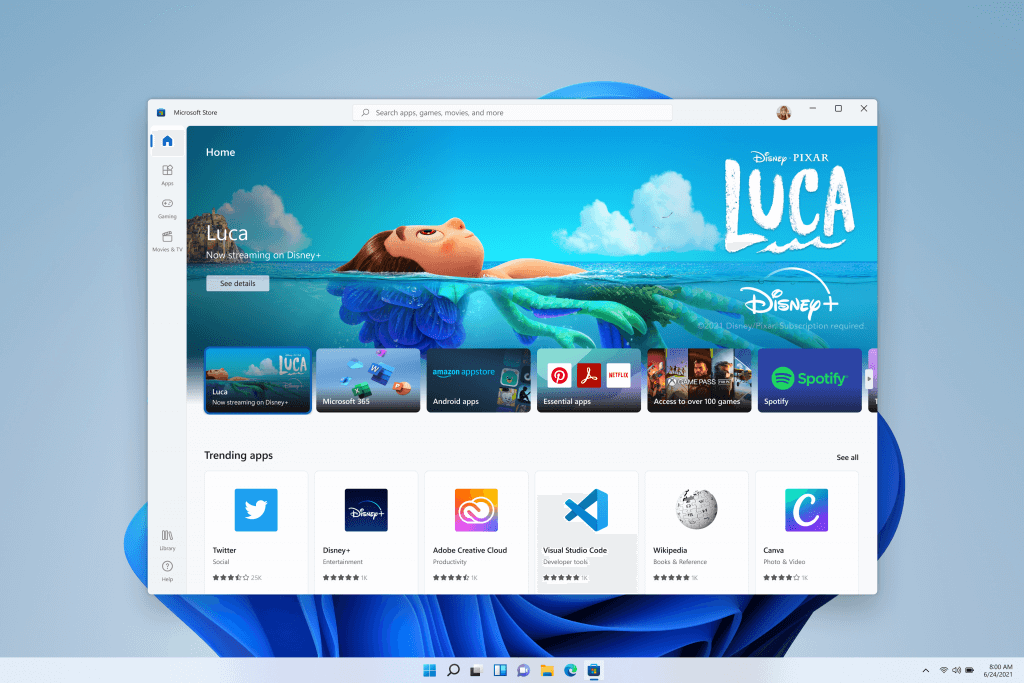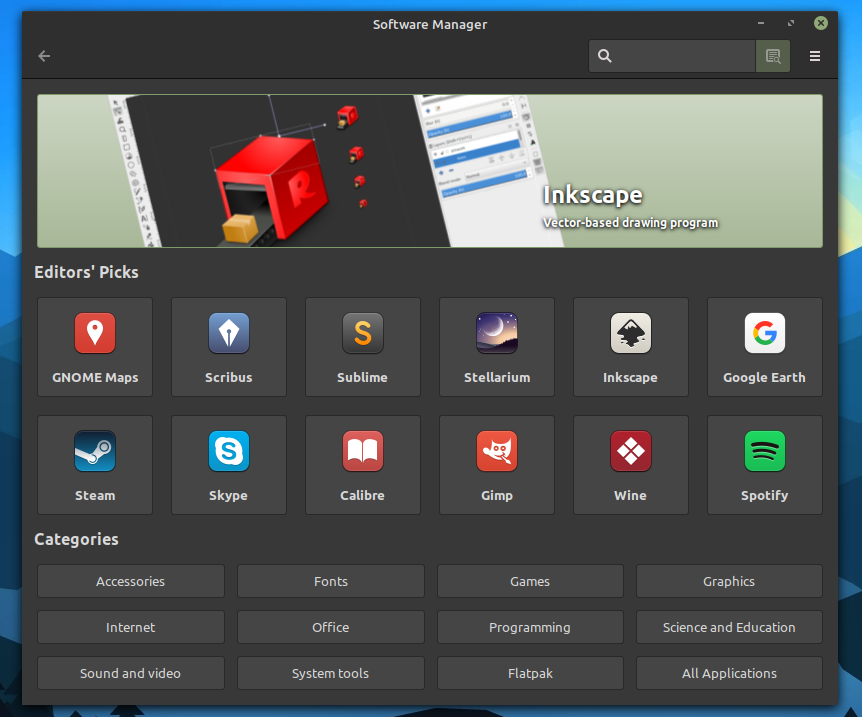
Microsoft’s Windows 11 has been finally revealed. While some compare it to macOS, others compare the nitty-gritty details to find similarities with GNOME and KDE (which does not make much sense).
But, among all the buzz, I am curious about something else — Can Microsoft’s Windows 11 influence the future design decisions of desktop Linux distributions?
Here I shall mention some of my thoughts on why it might happen, if it has happened before, and what the future holds for Linux distributions.
Some Linux Distributions Already Focus on Windows-like Experience: But, why?
Microsoft’s Windows is the most popular desktop operating system with 88% of the market share for its ease of use, software support, and hardware compatibility.
On the contrary, Linux has about 2% of the market share, even with all the added benefits of Linux over Windows.
So what can Linux do to convince more users to try Linux as their desktop operating system?
The main focus of every desktop operating system should be the user experience. While Microsoft and Apple have managed to provide a comfortable user experience for the masses, Linux distributions did not manage to get a big win on that front.
However, you will find several Linux distributions that aim to replace Windows 10. These Linux distributions try to provide a familiar user interface that could encourage a Windows user to consider switching to Linux.
And, due to the existence of such distributions, switching to Linux in 2021 makes more sense than ever.
Hence, to get more users to jump-ship to Linux, Microsoft Windows has influenced many distributions for years now.
Is Windows 11 Better than Linux in Some Way?
The user interface is constantly evolving with Windows. Even if that’s subjective, it is what most desktop users seem to be going for.
So I’d say Windows 11 has made some attractive improvements on that front.

Not just limited to the UI/UX, things like integrating Microsoft Team’s chat features in the taskbar makes it convenient for users to instantly connect with anyone.
While Linux distributions do not have their own full-fledged services, more out-of-the-box integrations tailored like this should make the onboarding experience easier for new users.
And that brings me to another aspect of Windows 11—a personalized news and information feed.
Sure, Microsoft collects data for that, and you may have to sign in using a Microsoft account. But this is yet something that reduces friction for the users to go and look for a separate app to keep track of weather, news, and other daily information.
Linux does not force these choices for a user but features/integrations like this can be added as additional options which can be presented in the form of a choice to users.
In other words, making things more accessible while integrated with the OS should get rid of a steep learning curve.
And, the dreaded Microsoft Store has also got a serious upgrade with Windows 11.

Unfortunately, for Linux distributions, I don’t see much meaningful upgrade to the app centers to make it visually appealing, and something interesting.
elementaryOS is probably making a good effort to focus on the UX/UI, and the evolving the experience with app center but for the most other distros, no significant upgrade.

While I appreciate what Deepin Linux does in this regard, but it isn’t the popular choice for many users who try Linux for the first time.
Windows 11 Introduces More Competition: Linux Has to Keep Up
With the launch of Windows 11, Linux as a desktop choice will get more competition.
While we do have some replacements for Windows 10 experience in the Linux world, there’s nothing that targets Windows 11, yet.
But this brings us to the obvious counter-response from the Linux community – a Linux distribution that takes a dab at Windows 11.
No matter whether you hate or love Microsoft’s latest design approach to Windows 11, the masses will adopt it over the next few years.
And to keep Linux as a compelling desktop alternative, the design language with Linux distributions must evolve as well.
Not just the desktop market—but laptop-exclusive design choices also need a significant improvement for Linux distributions.
Some options like Pop!_OS by System76 have been trying to offer that experience for Linux, which is a good start.
I think Zorin OS can be one of the distributions to introduce a “Windows 11” layout as an option to get more users to try Linux.
Not to forget—Deepin Linux introduced Android app support right after Windows 11 marketed it as a feature.
So, you see when Microsoft’s Windows makes a move, it does have a ripple effect on Linux, too. And Deepin Linux’s Android app support is just the start…Let’s see what else comes up next.
What do you think about Windows 11 influencing the future of Linux desktop? Do we need to evolve as well? Or should we continue being different and not get influenced by what the masses choose?
- Even the biggest players in the Linux world don't care about desktop Linux users. We do.
- We don't put informational content behind paywall. Your support keeps it open for everyone. Think of it like 'pay it forward'.
- Don't like ads? With the Plus membership, you get an ad-free reading experience.
- When millions of AI-generated content is being published daily, you read and learn from real human Linux users.
- It costs just $2 a month, less than the cost of your favorite burger.
Become a Plus Member today and join over 300 people in supporting our work.









